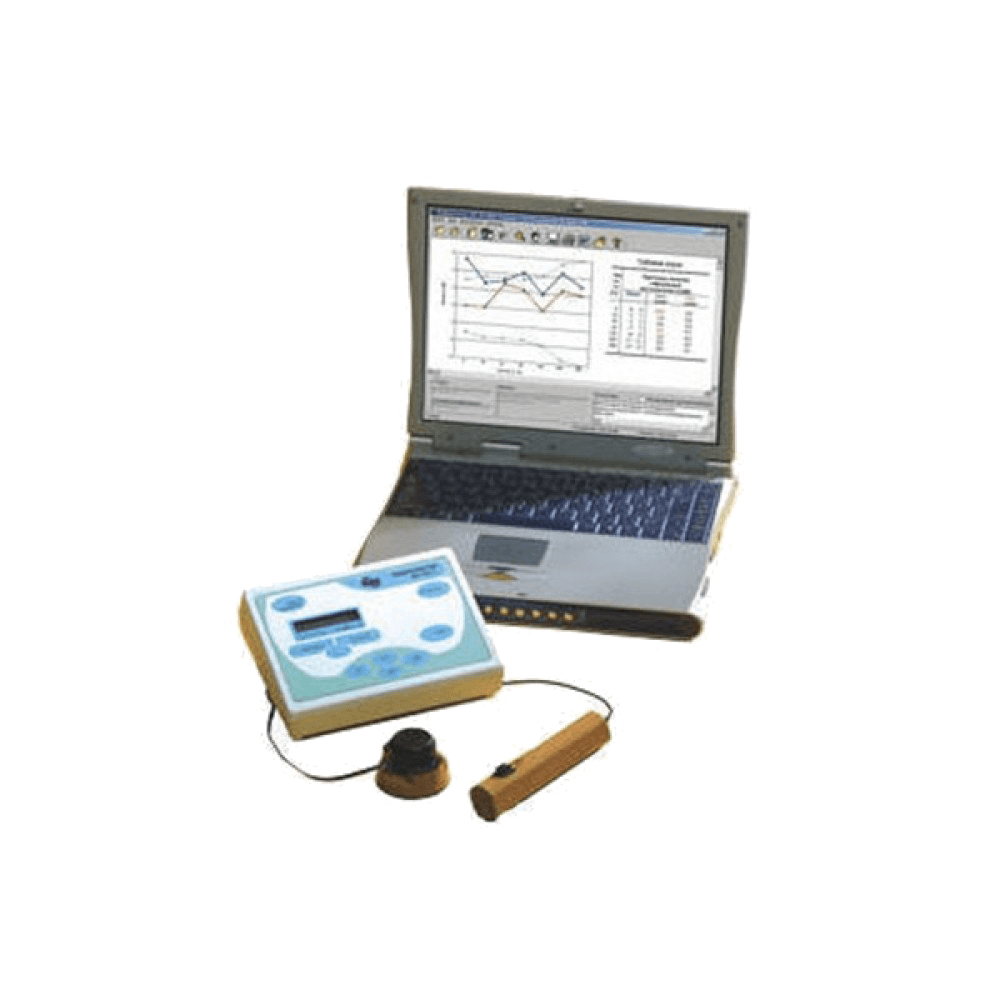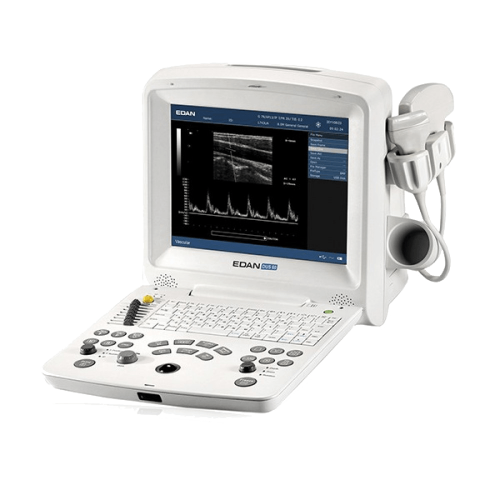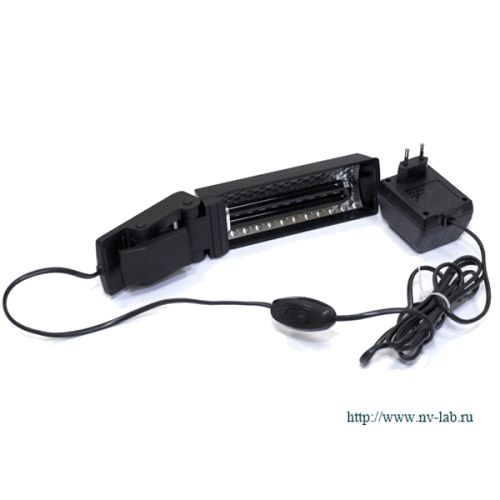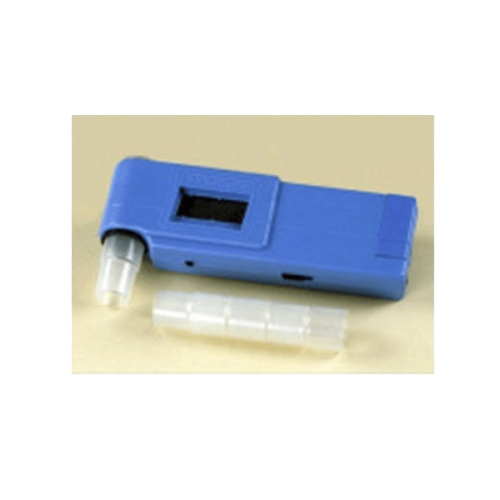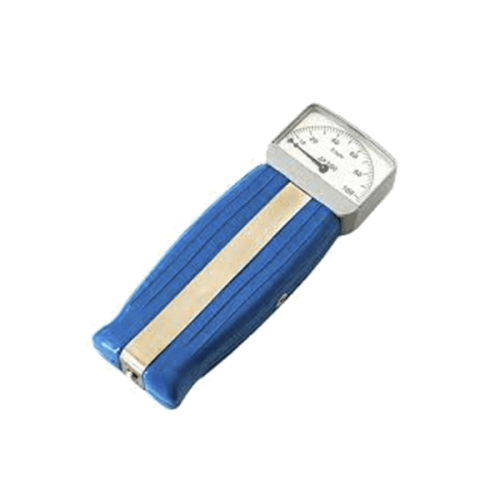Description
The study of vibration sensitivity is the most direct and characteristic method for assessing the adverse effects of vibration on a person. Along with the use of other functional tests, the current sanitary and hygienic standards require periodic examination of a large category of workers to diagnose the symptoms of vibration disease.
Unique features of “MBN-VIBROTESTER”: at present it is the only mass-produced device for measuring human vibration sensitivity. Due to its small size and the absence of any requirements for the premises, it can be used in any functional diagnostic room, both inpatient and outpatient settings. Due to the portability of the device and power supply from the 220V network, it can be used for mass screening examinations directly at enterprises. Compared with other instrumental research methods, this method is the most compact and cheap. To measure vibration sensitivity, there are two modes of operation of the device – manual and automatic.
Hardware “MBN-VIBROTESTER”:
The device consists of:
- a small stimulation control unit;
- the vibrator;
- a portable external power supply that plugs into a regular power outlet;
- remote control for recording the patient’s response.
The hardware part of “MBN-VIBROTESTER” complies with the requirements of GOST R 50267. class I type B.
The main characteristics of the device:
- the time of establishing the operating mode of the device is not more than 5 minutes.
- The frequency range of vibration stimuli is 6 fixed vibration frequencies -16, 32, 64, 125,250 and 500 Hz
- relative deviation of vibration frequency level ±10%+ vibration intensity adjustable in 1.75 dB steps
- in manual mode, the doctor has the ability to set the required intensity manually and present the selected stimulus for the required time
- in automatic mode, the intensity changes automatically (in descending or increasing) 1 step per second, while the duration of each symbol is 1 s.
- the digital display indicates the level of vibration strength in dB relative to the average threshold of vibration sensitivity
- range of changes in the intensity of vibrational stimuli (above the average threshold for a given frequency):
-10.5 dB to 21 dB (3% at vibration frequencies of 16 and 32 Hz)
-10.5 dB to 34.5 dB (3% at vibration frequencies above 64 Hz).
SPECIFICATION FOR THE DELIVERY OF THE DEVICE “VIBROTESTER”
- Stimulation control unit;
- External power supply;
- Vibrator;
- Patient response registration button (response button).

